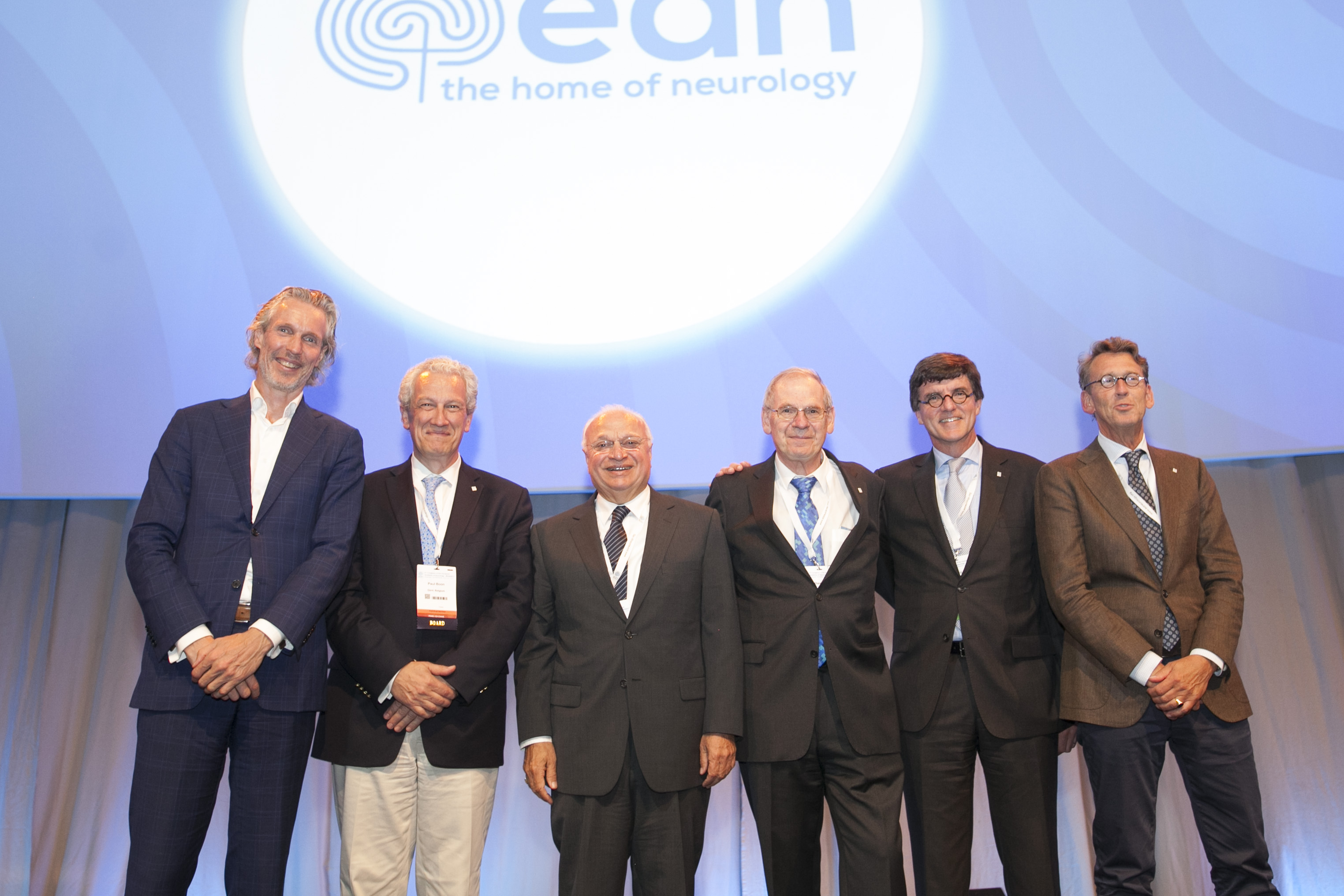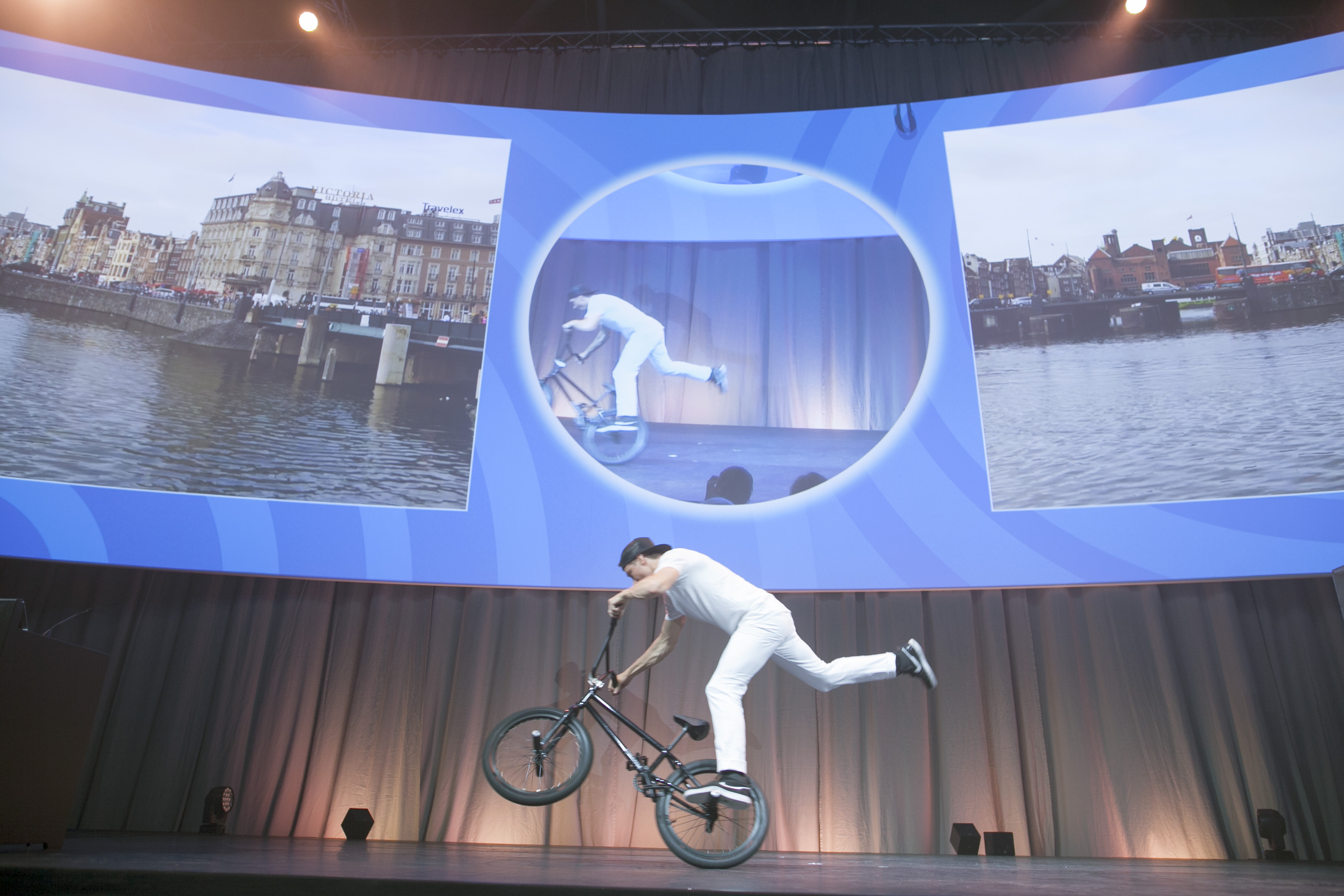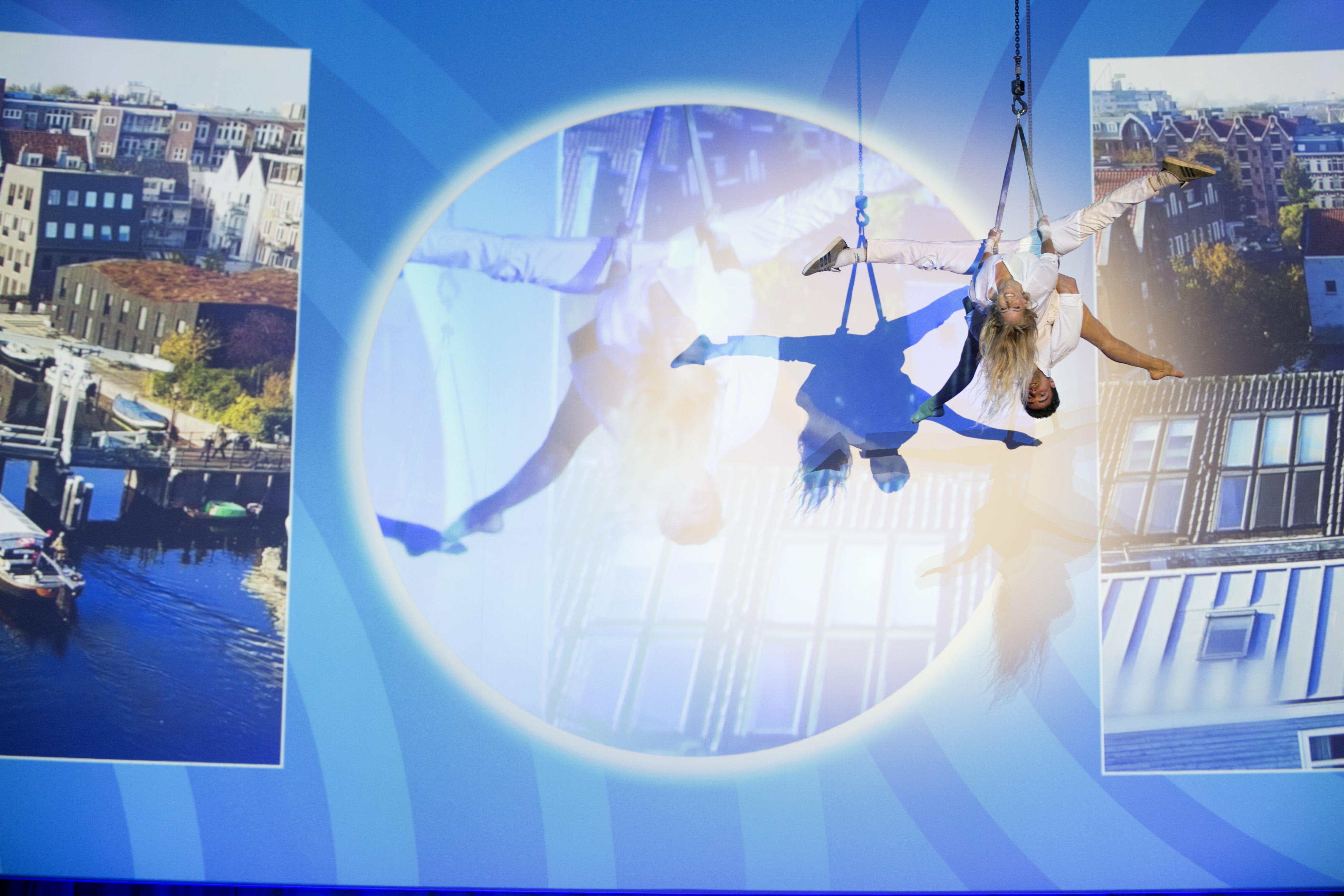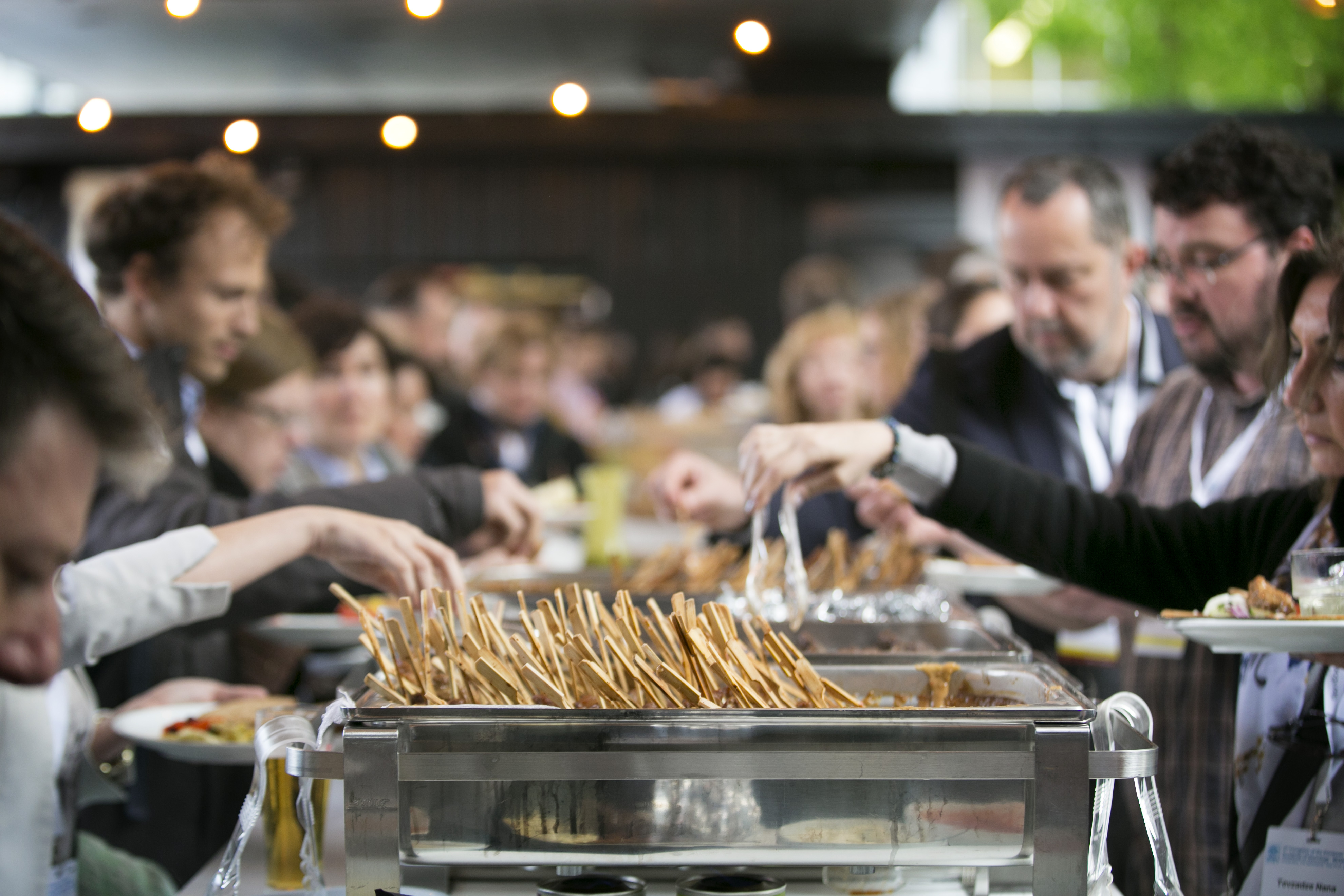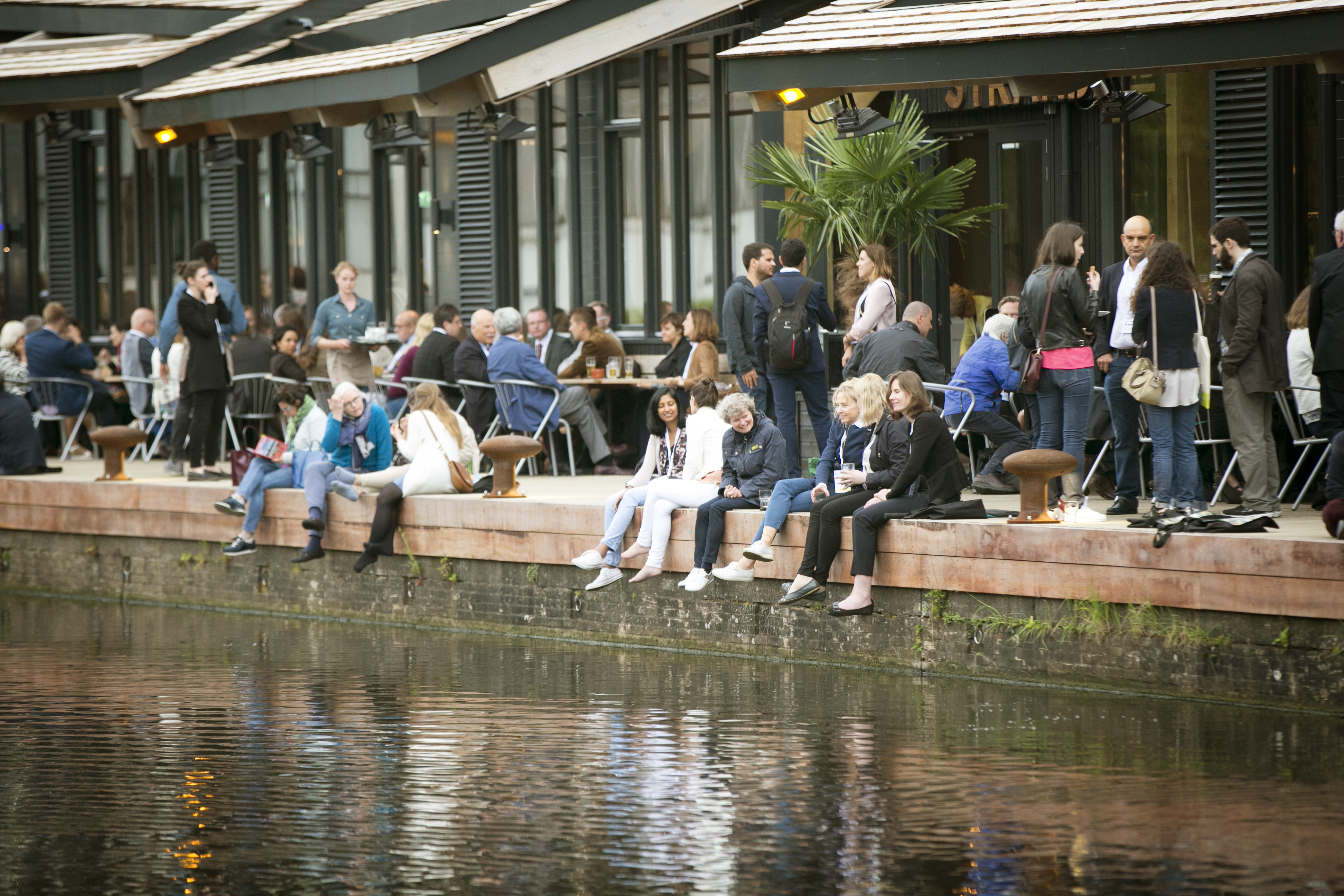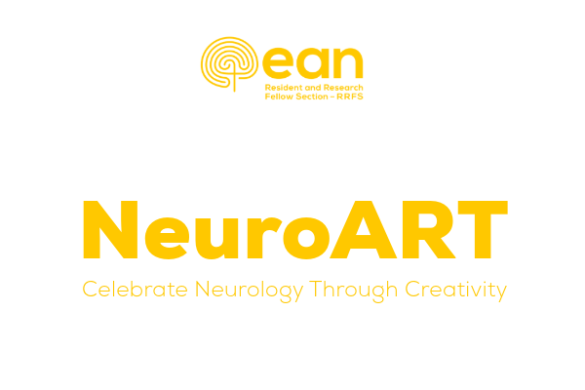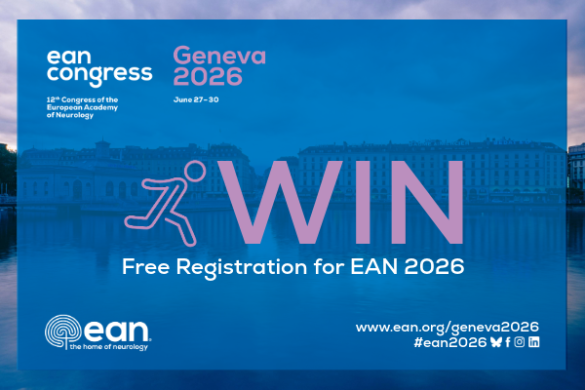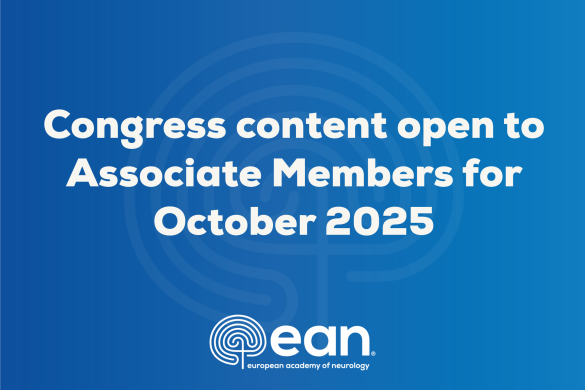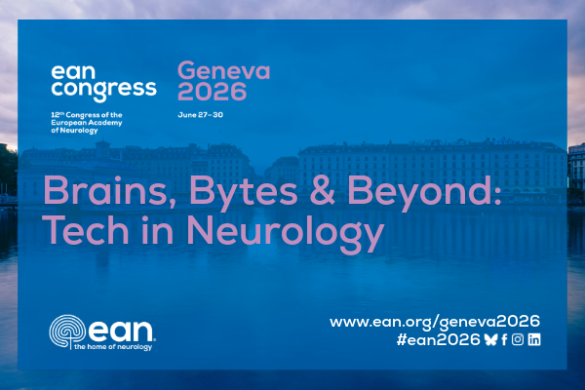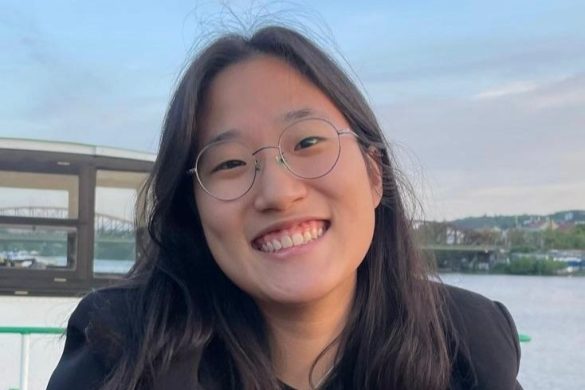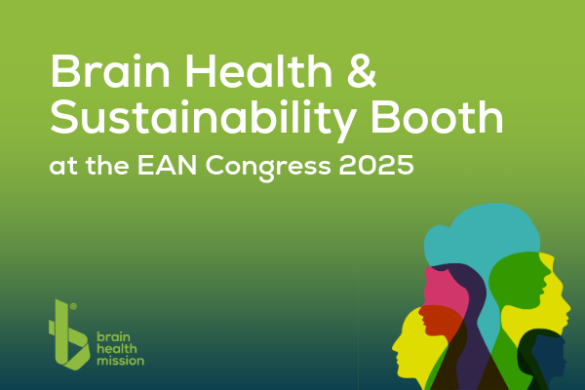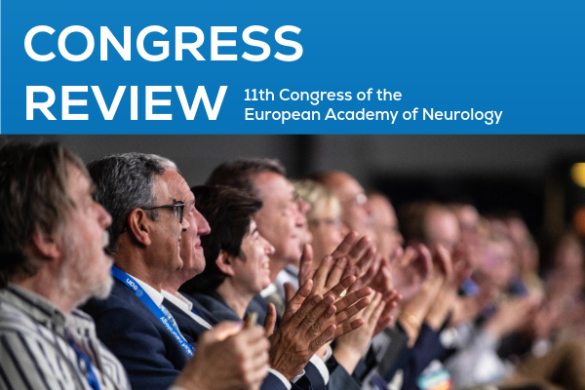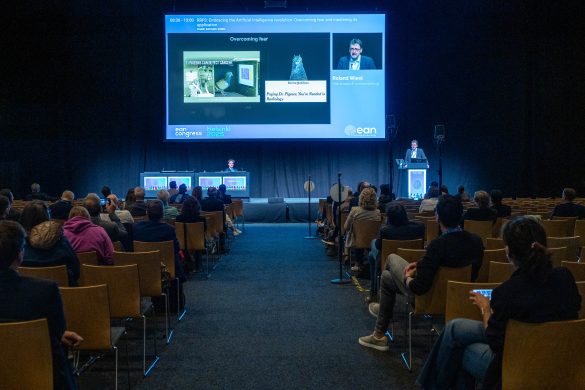The 3rd Congress of the EAN had its official opening on Saturday evening, June 24.
Prof. Bernard Uitdehaag, chair of the local organizing committee, welcomed the 2,000 attendees to the ceremony. He illustrated the overarching theme of this year congress, “Outcome measures in Neurology,” a subject very relevant also for Dutch neurologists. To note, it is the first time that a main theme has been selected as background of the EAN congress.
Prof. Guenther Deuschl, President of the EAN, welcomed all participants on behalf of the EAN, thanking the local organizing committee members for their tremendous work. Prof. Deuschl illustrated the major achievements of neurology over the last year, including the high scientific production in Europe. He also emphasized that the EAN encompasses 47 Societies with overall 25,000 members. Presently, there are 65,652 certified neurologists and 19,324 trainees in neurology in Europe. Prof. Deuschl showed in detail the development of the European scientific production in Neurology and the advancement for neurology at political level. Prof. Deuschl also introduced and awarded two new EAN honorary members: Prof. Marie Germaine Bousser, and Prof. Raad Shakir. Prof. Bousser could not attend in person. Prof. Shakir, President of the World Federation of Neurology, received the honorary membership and gave a short speech, emphasizing, between the major neurological achievements recently made, that stroke is now listed as a Neurological Disease at the International Classification of Diseases (ICD-11), and it is no longer considered a cerebrovascular disease.
Afterwards, Prof. Paul Boon, chair of the EAN Programme Committee, introduced Prof. Bastian Bloem, guest speaker of the EAN opening. Prof. Bloem is the Medical Director of the Parkinson Centre of Nijmegen, The Netherlands. Prof. Bloem’s opening lecture was about “Quality cycles: How to measure moving targets”. Prof. Bloem illustrated the importance for neurologists and patients of not only the evidence-based medicine but also of the medicine-based evidence, namely a personalized medicine approach. Moreover, he gave a fascinating example of how arts can contribute to neurology.
Finally, the guests were entertained by a group of special artists, outstanding acrobats and break-dance performers, chosen to perform a potpourri-act of bringing alive the vibrations and the feeling of Amsterdam and their inhabitants in an artistic manner. This vibrant feeling was perfectly displayed by using the most common transportation in The Netherlands – the bike – as well as dance and aerial acrobats.
The official program was followed by a reception at the Strandzuid, a beach location behind the RAI, where the guest had the opportunity to mingle, enjoying good food and drinks.
In summary, the overall event has been the best way to start the 3rd congress of the EAN.
By Elena Moro
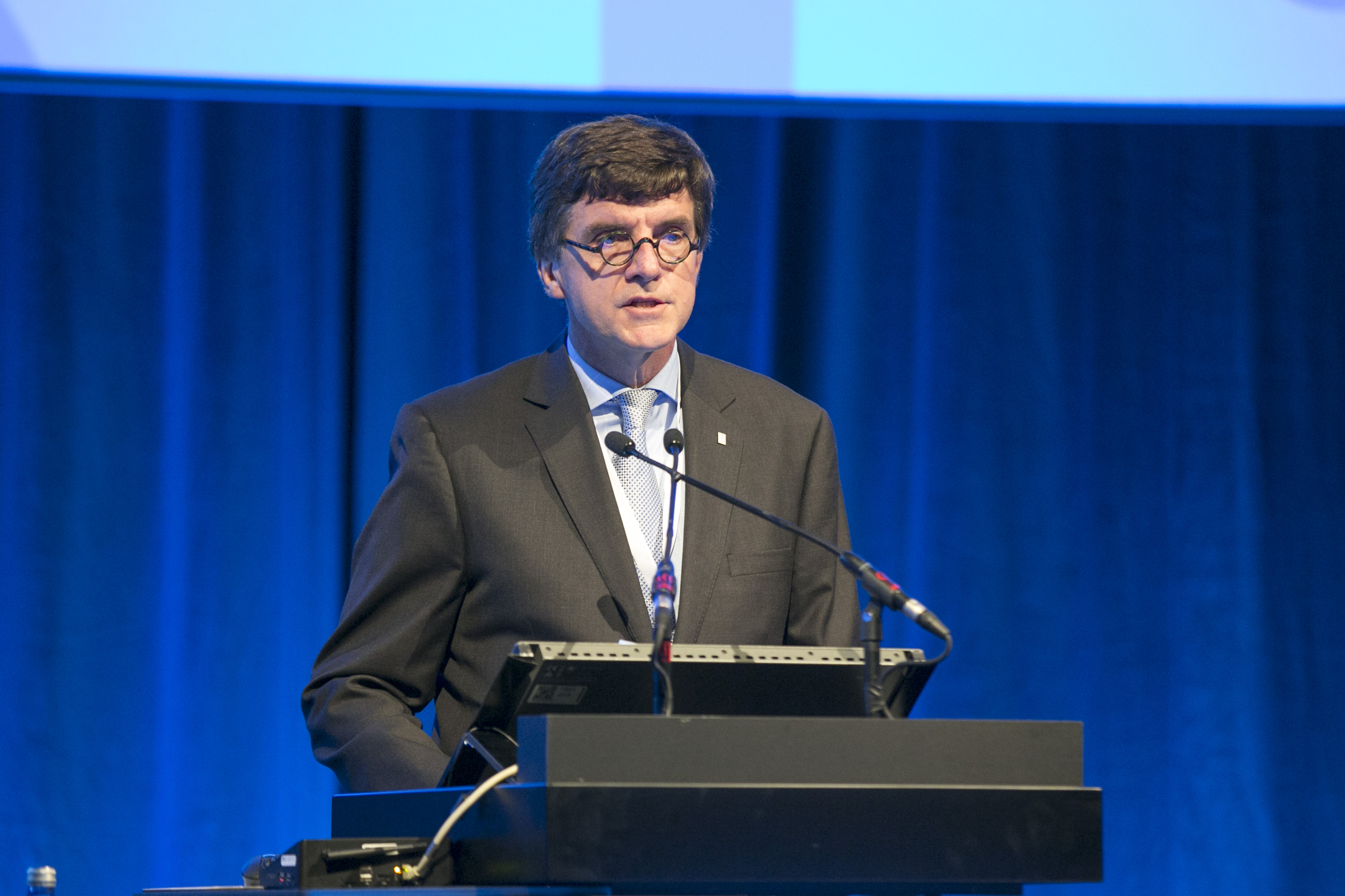
Bernard M.J. Uitdehaag
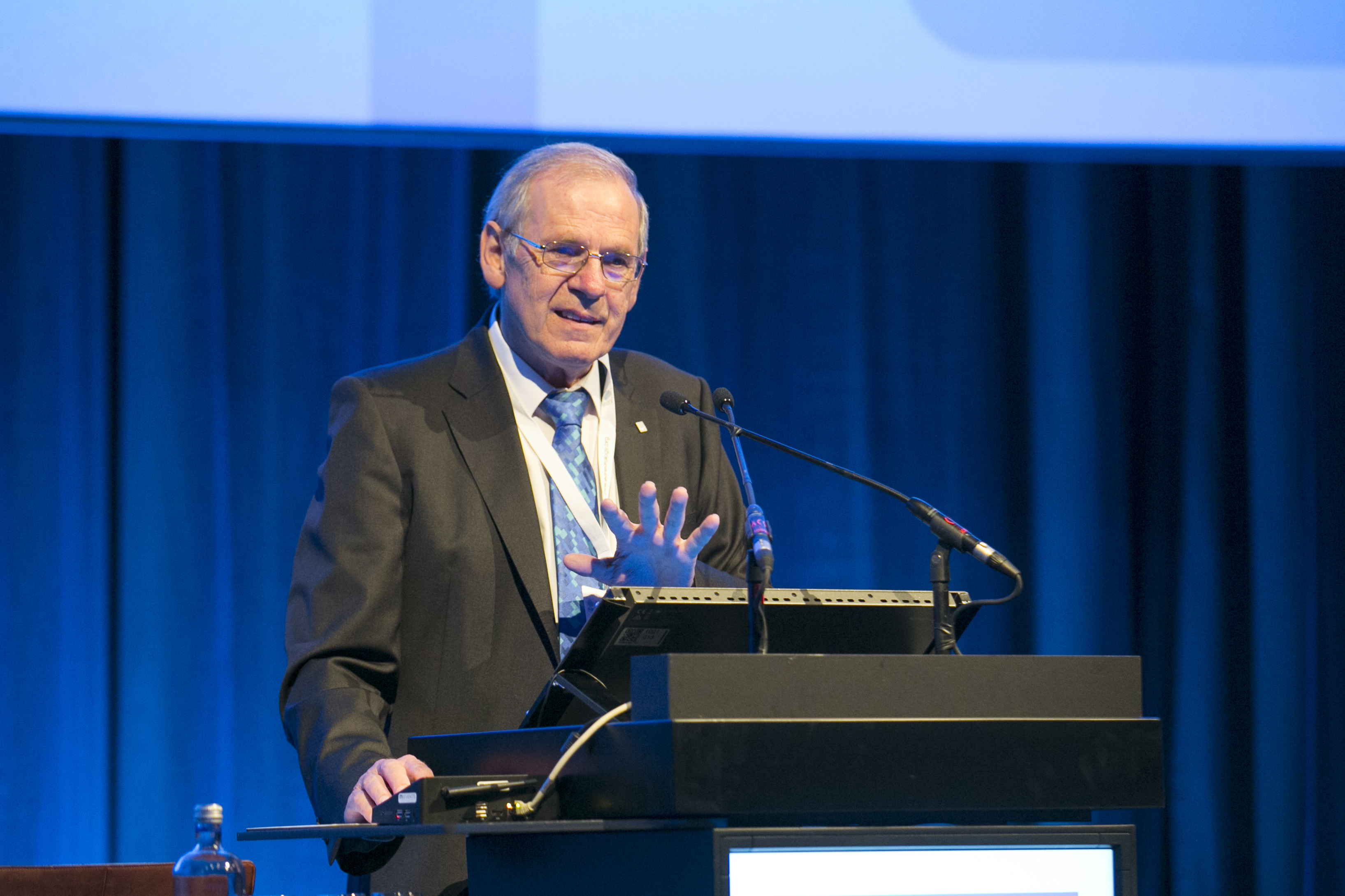
Günther Deuschl
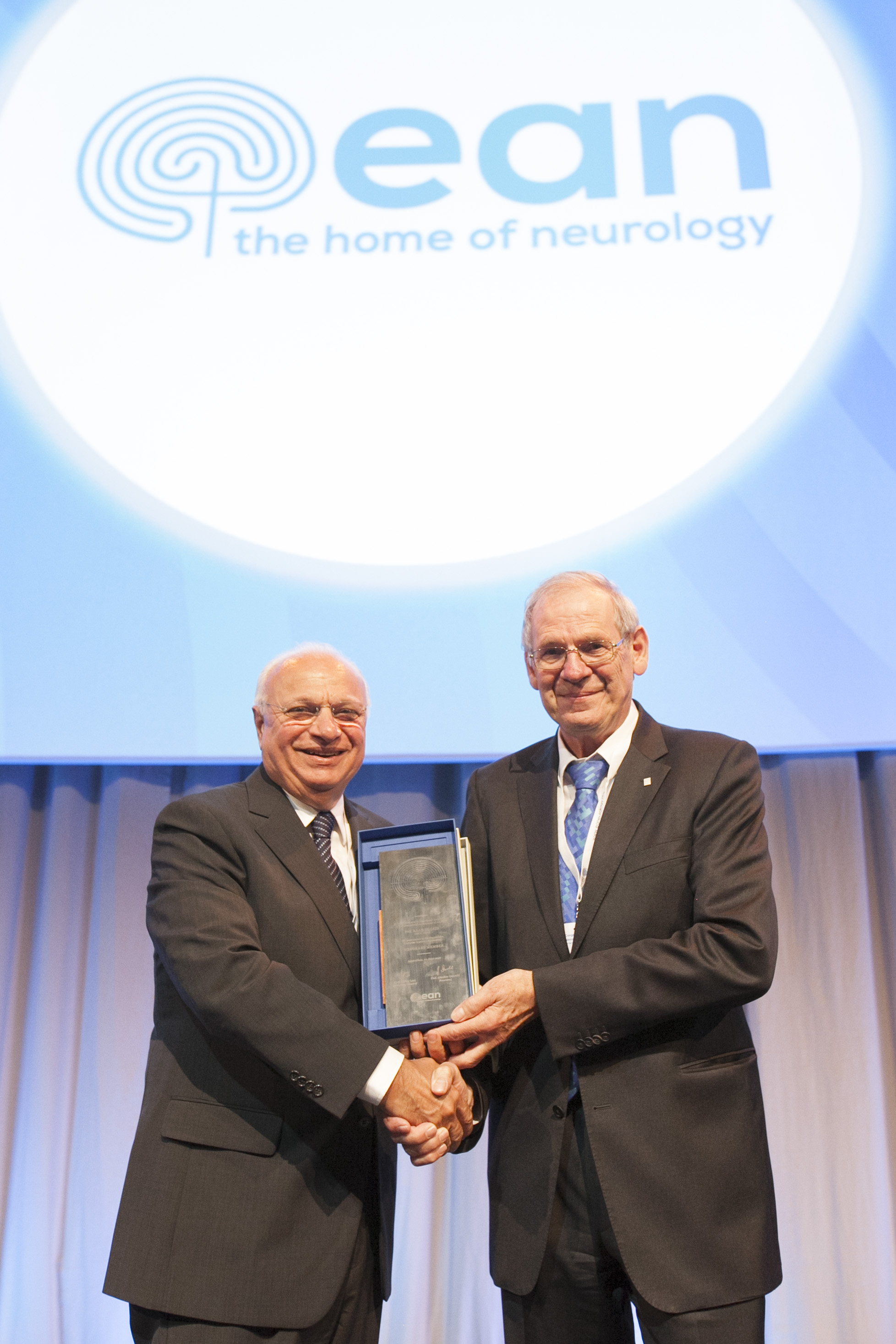
Raad Shakir and Günther Deuschl
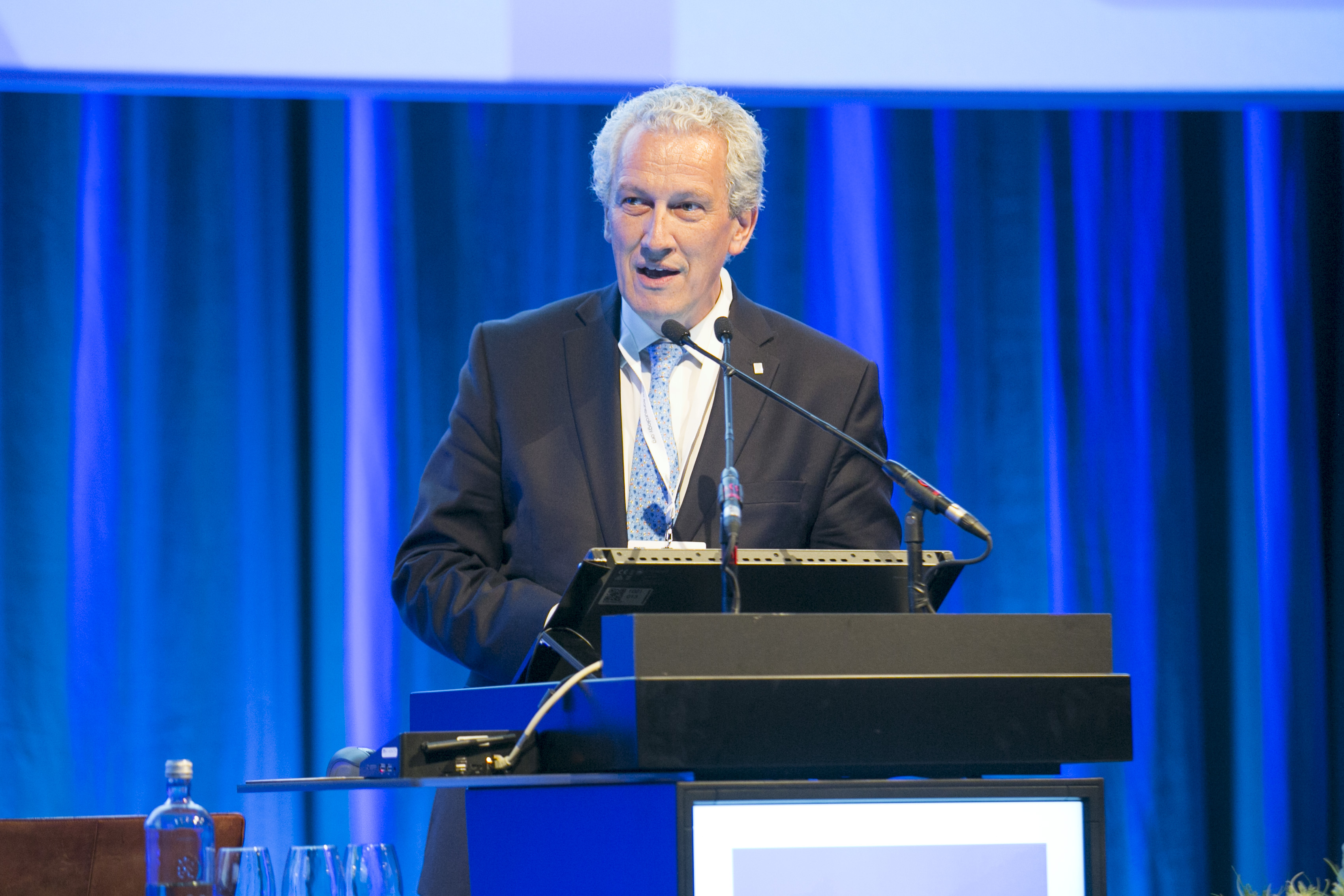
Paul A.J.M. Boon
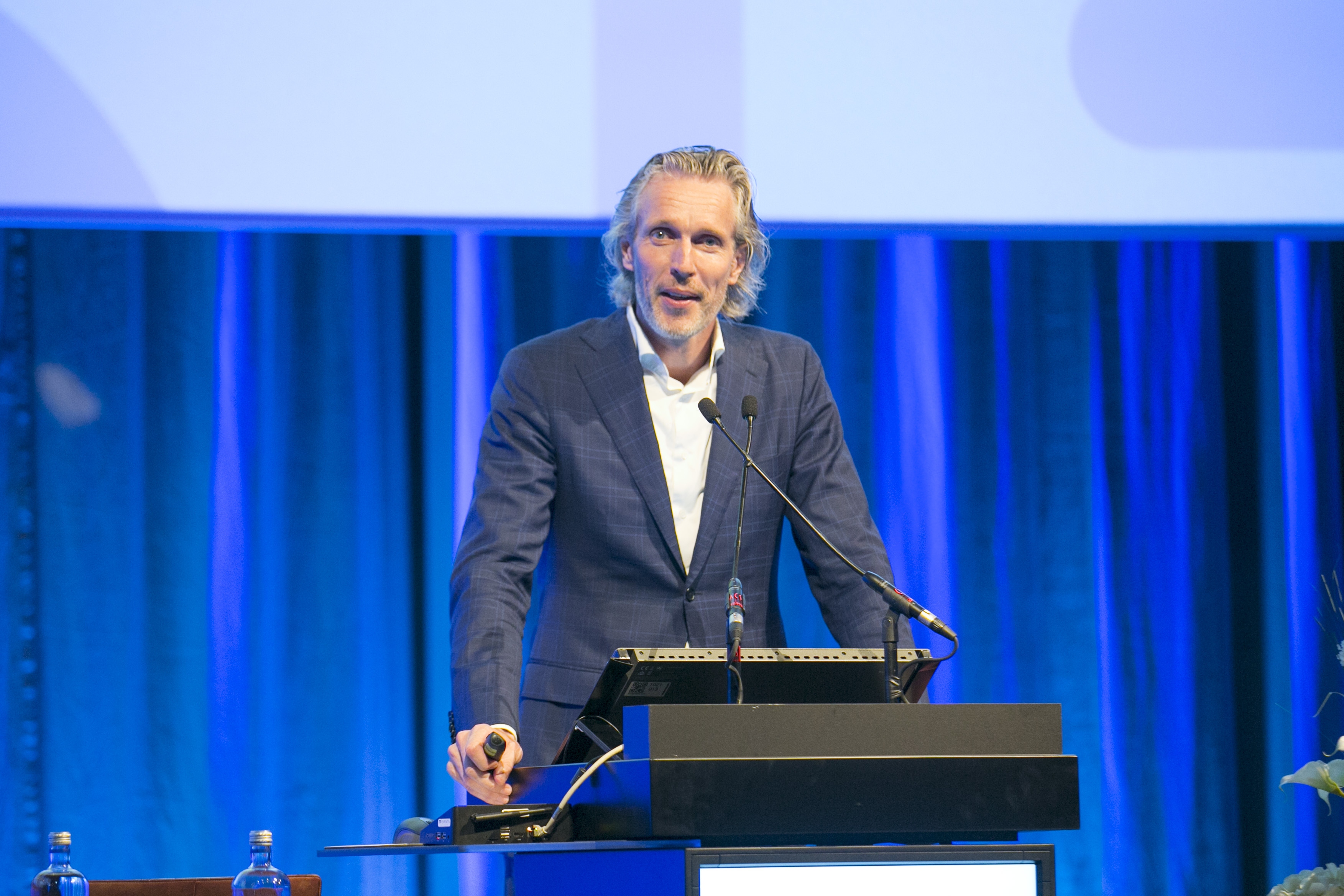
Bastiaan Roelof Bloem
